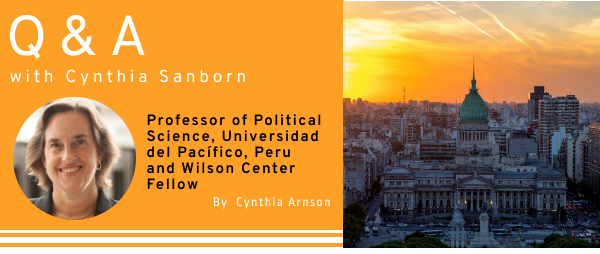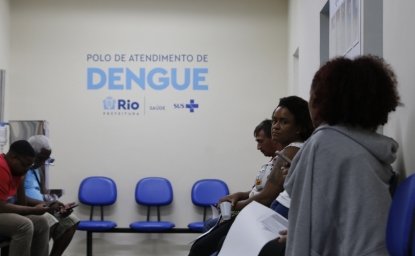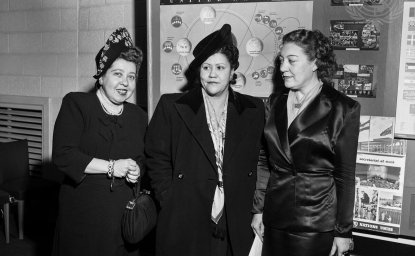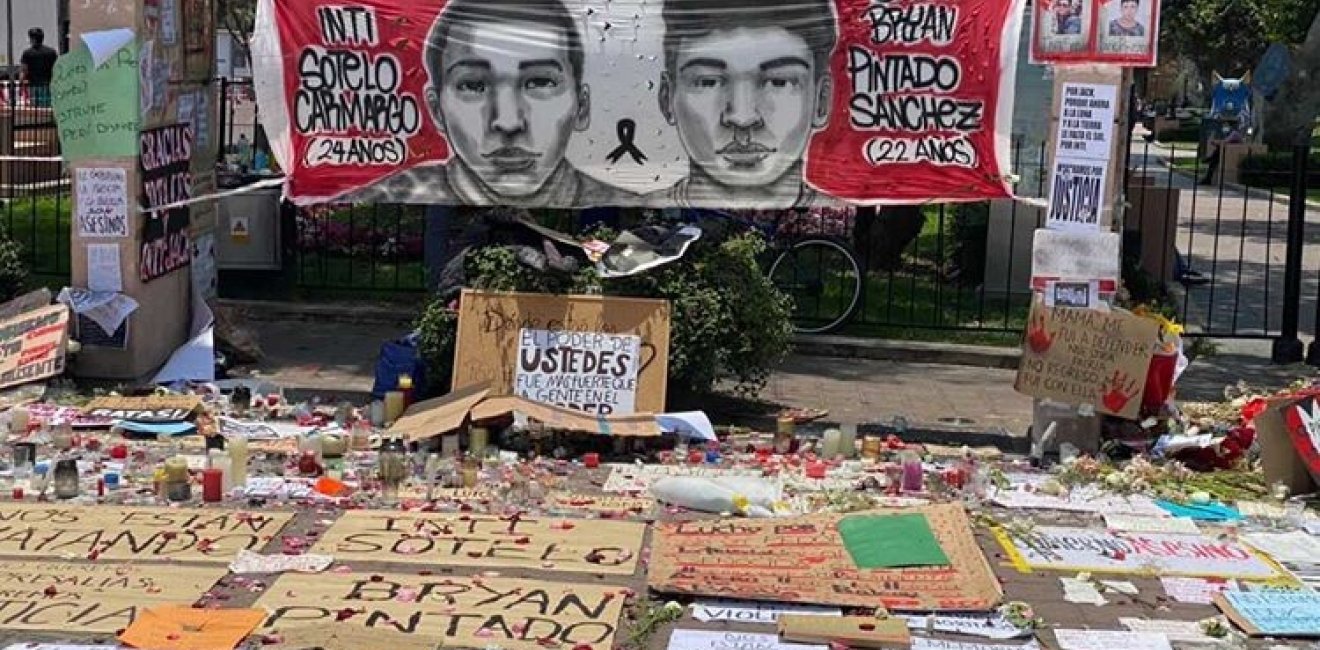
A blog of the Latin America Program

Q: Peru has had three governments in six days. How did this happen?
A: This story is too complicated to summarize easily. Essentially, an alliance of strange bedfellows in Peru’s 130-member Congress voted to impeach the highly popular president, Martín Vizcarra. This was done on the shaky grounds of “permanent moral incapacity,” based on allegations—that have yet to be fully investigated—of bribe-taking during a prior stint in regional government. While the Peruvian Constitution allows for such a determination and Vizcarra accepted the decision, the public interpreted the move largely as an illegitimate power grab by actors whose motives had little to do with morality. Opinion polls had consistently shown a public preference for letting Vizcarra complete his term in 2021 and face any charges after leaving office.
Having no vice presidents left, Congress elevated parliamentary president Manuel Merino to the executive spot. Merino lost no time in replacing the cabinet with some deeply conservative and questionable characters. Civic indignation erupted into nationwide marches and calls for Merino’s removal; these came to a head after two students, Inti Sotelo and Bryan Pintado, were killed by police and over 200 were wounded in protests. Congress went back to the drawing board and eventually chose Francisco Sagasti of the minority Morado party as Peru’s third president in six days.
Q: How important were the protests, and especially the actions of young people?
A: The protests were enormously important, reflecting “the power of public opinion” through widespread repudiation of actions that may have been legal, but were illegitimate in the public eye.
Polls taken during and right after the marches show that 37 percent of the public participated in some kind of protest – marching, banging pots, cheering from balconies and windows, or via social networks. The majority of marchers were young people, but a whopping 86 percent of all Peruvians surveyed said they supported their demands.
In recent years, Peruvian young people have been less mobilized politically than those in Chile, Hong Kong, or other hotspots of social tension. Yet they were galvanized by this power grab, in part because some leaders of the “congressional coup” draw power and profits from universities of questionable quality and oppose recent efforts at university reform. Citizens from ages 18 to 29 will comprise 30 percent of the electorate in 2021. They have been dubbed the “Bicentennial Generation,” as Peru prepares to recognize – “celebrate” is not the right term – 200 years of independence and elect a new government next year.
The senseless deaths of Sotelo and Pintado due to excessive force by the police marked a turning point for many Peruvians, especially some nervous business leaders and opposition politicians who were unsure what to make of the actions against Vizcarra. In one of his first acts as president-designate, Sagasti invited the victims’ families to his swearing-in ceremony and then asked for forgiveness in the name of the state. It remains to be seen whether justice will be done in these cases.
Q: What was the role of international actors?
A: Most of the international community remained silent throughout the process of removing Vizcarra and did not recognize the Merino administration. This silence was important, adding a lack of external legitimacy to the internal resistance that eventually undermined Merino’s power grab.
Among Peru’s neighbors, only Chile, Paraguay, and Uruguay recognized Merino explicitly, while Colombia expressed serious concern and the OAS called on the Constitutional Tribunal to take a stand on the legality of the impeachment. The Tribunal decided on November 19 not to take a stand. Peru’s main trading partners—the United States, China, and the European Union—did not openly oppose Merino but quickly embraced the Sagasti administration.
Q: What can you tell us about the new government?
A: Thus far the Sagasti government offers grounds for cautious optimism, with “decency” being one of the adjectives most used in the press. At age 76, Sagasti is an intellectual, university professor, and consultant, who entered electoral politics later in life. While not well known in popular sectors until now, he enjoys respect among the country’s elites even while many do not support his politics. His preference for dialogue and overall serenity make him, in many ways, an ideal figure to lead Peru in the critical months leading to next April’s general elections. His swearing-in speech as interim president began with a recognition of the young people who gave their lives in the name of democracy, and ended with an emotional recitation of a famous poem by Peru’s beloved writer César Vallejo, “Considerando en frío, imparcialmente.”
Violeta Bermúdez, the new President of the Council of Ministers, is a respected feminist constitutional lawyer, an explicit contrast to some of the traditional, conservative men who surfaced in the fleeting Merino cabinet. The rest of the ministers are also largely respected professionals with public sector experience and a moderate or progressive bent. Eight of the new ministers are women, including Foreign Relations and Defense. The public reaction thus far has been very positive.
Q: What lies ahead for this government?
A: Justice for the victims of the police violence will be a priority. Many young protesters will return to the streets if those responsible are not held accountable. The new president of the Congress, Mirtha Vásquez, is a human rights lawyer who will pursue these cases. A deeper reform of the police, however, will likely be left for the next government to tackle.
Meanwhile, the Sagasti government must double down on measures to address the COVID-19 public health crisis, as Peru is one of the countries most affected by the pandemic worldwide and also one of the least able to deal with it. Improving access to health services is a major challenge, as is making hard decisions about reopening public schools and improving access to distance education for the thousands of poor students who have had to abandon their studies this year. The 2021 public budget must be oriented towards these goals, without reversing Peru’s hard-won efforts at fiscal responsibility, and in the face of a potentially hostile Congress.
Finally, guiding Peru safely to the April 2021 general elections will be a logistical and political challenge. Peru has the weakest party system in the region, and the majority of voters do not identify with any of the existing candidates or their electoral vehicles. For that reason, many hope that the outpouring of civic activism this past week, especially among young people, will translate into greater interest in improving the quality and accountability of democratic competition as Peru enters its bicentennial year.
Author

Professor of Political Science and Researcher, Center for China and Asia-Pacific Studies, Universidad del Pacifico, Peru

Latin America Program
The Wilson Center’s prestigious Latin America Program provides non-partisan expertise to a broad community of decision makers in the United States and Latin America on critical policy issues facing the Hemisphere. The Program provides insightful and actionable research for policymakers, private sector leaders, journalists, and public intellectuals in the United States and Latin America. To bridge the gap between scholarship and policy action, it fosters new inquiry, sponsors high-level public and private meetings among multiple stakeholders, and explores policy options to improve outcomes for citizens throughout the Americas. Drawing on the Wilson Center’s strength as the nation’s key non-partisan policy forum, the Program serves as a trusted source of analysis and a vital point of contact between the worlds of scholarship and action. Read more


Argentina Project
The Argentina Project is the premier institution for policy-relevant research on politics and economics in Argentina. Read more

Explore More in Weekly Asado
Browse Weekly Asado
Dengue Haunts South America’s Summers

Lessons from Costa Rica’s Economic Transformation

Women and Latin America’s Digital Revolution

